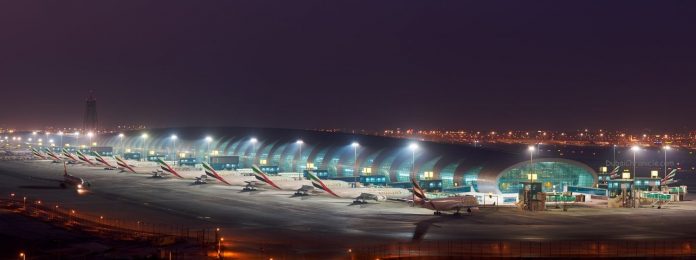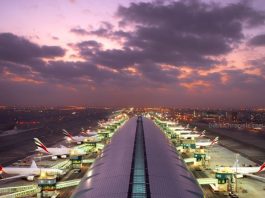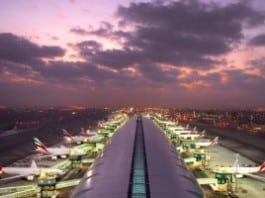
Middle East carriers are expected to post profits of $1.6 billion which is marginally ahead of the $1.5 billion previously forecast of the International Air Transport Association IATA. The region’s efficient hubs continue to support strong performance on long-haul markets. And the impact of the Syrian crisis has been limited. Passenger demand is expected to grow by 10.5%, the strongest among all regions. But this will be slightly outstripped by capacity growth of 11.3%, which may suggest more intense competition among carriers which will eventually result in lower airfares.
The International Air Transport Association (IATA) revised its 2013 global industry outlook downwards to $11.7 billion on revenues of $708 billion. Airline performance continued to improve in the second quarter; however at a slower pace than was expected with the previous projection (in June) of $12.7 billion. This reflects the impact on demand of the oil price spike associated with the Syrian crisis and disappointing growth in several key emerging markets.
Performance in 2013 is considerably better than the $7.4 billion net profit of 2012. The upward trend should continue into 2014 when airlines are expected to return a net profit of $16.4 billion. This would make 2014 the second strongest year this century after the record breaking $19.2 billion profit in 2010.
Airline performance remains strong. This year, airlines are expected to post the same operating margin (3.2%) as in 2006, even with a 54% hike in jet fuel prices. The industry has been able to absorb this enormous cost increase as a result of changes in the industry structure (through consolidation and joint ventures), increased ancillary sales and reduced new entry due to tight financial markets. Moreover, the industry is expected to have a relatively good year even with global economic growth at 2.0%. Previously 2.0% gross domestic product (GDP) growth was considered the point below which airlines posted losses.
The Outlook for 2014
Airlines are expected to see a significant boost in 2014 with profits of $16.4 billion on revenues totaling $743 billion. Rising business and consumer confidence levels should indicate an uptick in the global business cycle (2.7% GDP growth is expected) which has a direct impact on airline profitability. Oil prices are expected to fall to $105/barrel (Brent, from $109 expected this year) on the back of reduced geo-political tensions and an improved US energy outlook. A fall to below $100 would be expected from normal market forces. But the OPEC cartel is preventing the full realization of the benefits of better supply prospects. Furthermore, the benefits of improving market structures on several regions are expected to continue to drive performance and consumer benefits.
IATA expect slightly more robust passenger growth (5.8%) and a significant improvement in cargo growth to 3.7%. Yields, however, for both passenger and cargo markets are expected to continue to fall by 0.5% and 2.1% respectively.
All regions will see improved profitability, but divergence in performance will remain.
- 2014 is expected to be particularly strong for North American carriers ($6.3 billion net profit, the industry’s strongest) as the economy improves. Capacity discipline is expected to see yields improve, bucking the global trend.
- European carriers are also expected to see a near doubling of profits to $3.1 billion (although even this will only generate an EBIT margin of 1.9% with only African carriers being lower).
- Asia-Pacific is expected to see a modest improvement in profitability to $3.6 billion, largely on the back of improved cargo performance, the growing Chinese domestic market and the benefits of restructuring in Japan.
- Middle East carriers are expected to post a $2.1 billion profit (their highest ever).
- Carriers in Latin America are expected to see profits rise to $1.1 billion.
- African airlines are also expected to return a combined profit of $100 million.
- Even with the significant improvements expected for 2014, an industry profit of $16.4 billion implies a return on invested capital of just 5.2%. That remains significantly below the industry’s weighted average cost of capital which is hovering between 7% and 8%.
The balance between profit and loss remains delicate despite the forecast improvement for 2014. A $16.4 billion profit for transporting some 3.3 billion passengers means that airlines will retain an average of about $5.00 per passenger. That very simple calculation demonstrates that even a small change in the operating environment—a new tax or other cost increase for example—could change the outlook quite significantly.












